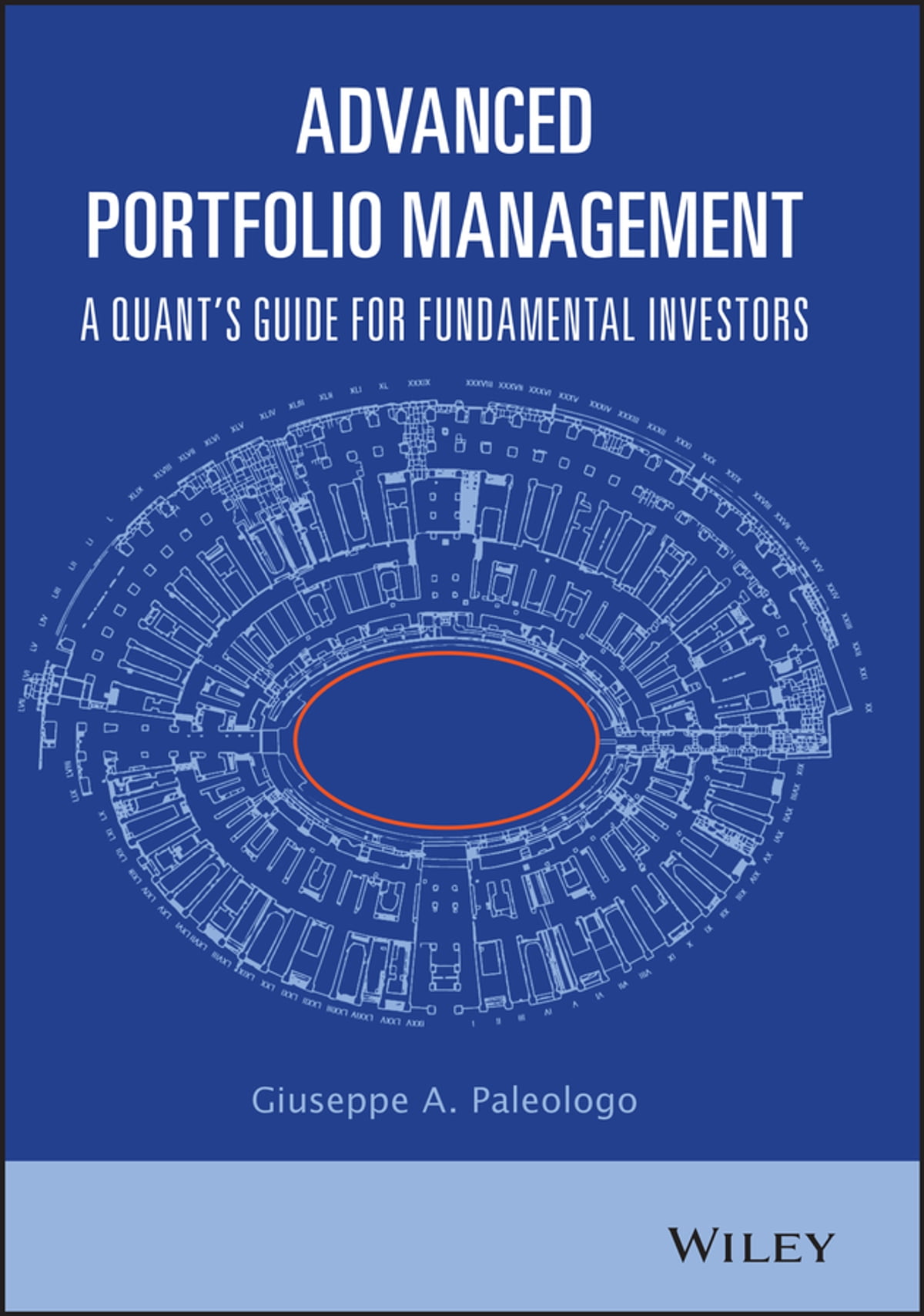Advanced Portfolio Management by Giuseppe Paleologo (2021)

1. For Whom? Why? And How?
This book is for people at the intersection of (equity) fundamental analysis & quantitative research.
Good trading ideas are useless without a portfolio that survives adversity.
Readers who don’t have access to risk models can still get a lot out of this book.
Managers with effective heuristics can be successful without checking their factor risk decomposition every minute.
2. The Problem: From Ideas to Profit
There is no master theory (yet) of portfolio management.
Simulations & historical tests should be looked at for limit-testing, but not for confirmation.
The problem (or steps) dealt in each chapter:
All valuations are relative, but to what? (ex. a stock vs its environment) (ch. 3,4,5)
Sizing position for your investment: is conviction the only factor? how do other assets in the portfolio affect this size? (ch. 6)
A strategy’s performance: stock selection, position sizing, and timing skills. How to quantify and improve upon them? (ch. 8)
Transaction costs when picking trade opportunities (sec. 8.2.1, 8.3)
Determine rules for risk management that allow various trading ideas while controlling risk (ch.7)
Survival is based on avoiding your capital’s critical limit (often via stop-loss policies) (ch.9)
How to decide leverage (for managers who are also fund owners) (ch. 10)
Analyze alternative data (sec. 8.4)
3. A Tour of Risk and Performance
A stock index provides a benchmark to compare one’s investment, being a summary of the market (or specific sector).
Factor models make them rigorous and extend them to allow decomposition.
A stock’s return can be written with the linear regression
is stock return, is alpha (intercept), is beta (slope), is market return, is noise (idiosyncratic or specific or residual return)
The term is only dependent on the company being examined.
For expected returns, the equation becomes (expected return) = (alpha) + (beta) × (expected market return)
Estimates of tend to be highly variable (and often the error is bigger than the estimate itself), unlike estimates of which are relatively stable.